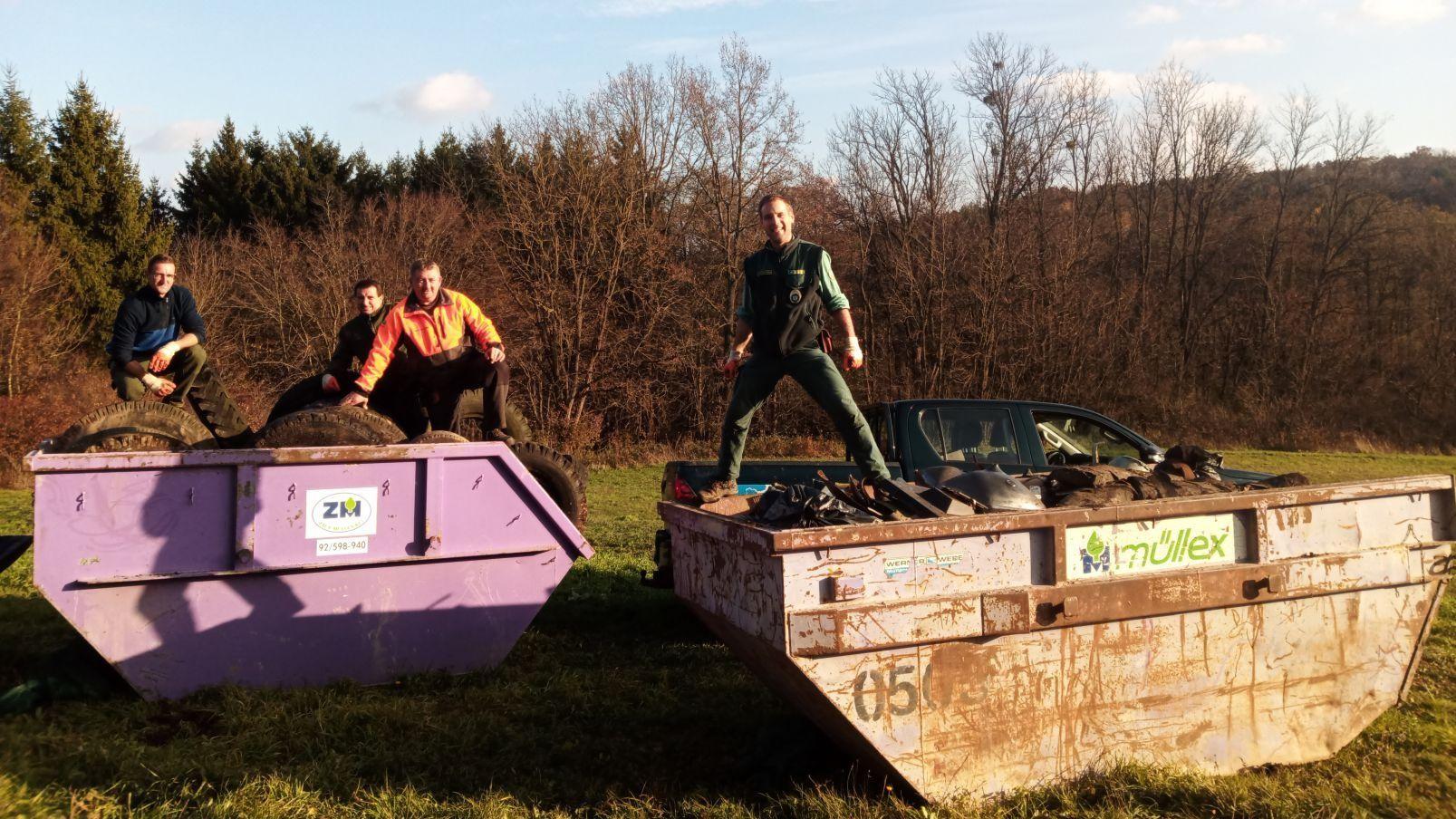Report on activities conducted in Őrség

The LIFE integrated project is halfway through its 8-year duration. During the first cycle of the project, between 2019 and 2020, we focused on preparatory works, while during the second cycle pilot actions were conducted. Where does the integrated project stand now that is coordinated by the Herman Otto Institute with the collaboration of 14 project partners and what are the achievements so far? Below, Dr. Mátyás Szépligeti park ranger at the Őrség National Park Directorate and local project coordinator, are providing information on the results achieved so far.
Grassland Restoration and Management
Under the first nature conservation project of Hungary GRASSLAND-HU, the aim of the Őrség National Park Directorate (ŐNPD) was to restore an abandoned and neglected grassland area of 100 ha, overgrown by shrubs.
We have committed ourselves to removing the invasive plants from a grassland area of 40 hectares that is heavily infected with goldenrod, on a grassland area of 28 hectares overgrown by invasive shrubs, and on a grassland area of 32 hectares overspread by greater tussock-sedge.
On a meadow of 24 hectares restoration work has already been done. In the framework of the project, we could employ five people to help in completing the activities. Our staff remove invasive shrubs in winter, collect waste in spring, mow grass and collect hay in summer. Buying machines for agricultural works that could adopt to the local field conditions was financed from the project’s budget. Restoration work was needed on 130 separate project sites, mainly within the Őrség National Park, and further habitat restoration were made in areas in the area of Nemesmedves, Nádasd, and Katafa settlements.
Also, our important aim is to improve grassland management in Vendvidék. Building a farm equipment storage shed in the yard of Apátistvánfalva Eco-centre was a big project achievement. In Vendvidék, during the haymaking season, machines can be stored in the new shed on the spot, without taking them back into the Őriszentpéter centre. It means that agricultural works can be conducted faster and safer, thus there is a slimmer chance that important areas of grass will be miss out from mowing due to the cumbersome transporting of farm machines and equipment.
Environmental education kit
Environmental education kit has been developed and produced, focusing on the species of grasses and grassland habitats in Őrség. Between 2021 and 2025, 50 environmental education lessons are planned to be held each year with the environmental education kit in schools, kindergartens, camps and awareness-raising events. In 2021, due to the pandemic, we could hold only 16 lessons for children.
Waste management
Under the project, we have undertaken to remove 300 cubic meters of illegally disposed waste from grassland sites. Of this, 200 cubic meters were collected by machines. About 100 cubic meters of trash in underway to collect manually and put into containers from places inaccessible for waste collection vehicles. So far, 40 cubic meters of trash were picked up by hand.
Grassland Conservation Management Advisory Service
In order to achieve project objectives, the Grassland Conservation Management Advisory Service (GCMAS) has been launched in 2021, under the coordination of Herman Otto Institute Non-profit Ltd. In the future, GCMAS specialists at the Őrség National Park Directorate, would like to focus mainly on non-protected areas, and establish personal contacts with local farmers in order to provide effective management practices Natura 2000 sites and information on the method of financial compensation.
Plans for the year
Although, over the first four years of the project, significant progress has been reached toward achieving the project’s objectives, but there is still plenty of work to do. Among other things, in 2022, on the border of Nádasd, on an area of 12 hectares, grassland rehabilitation is ongoing, involves removing wood vegetation to improve grass growth. Once invasive shrub densities are reduced, grasses could be re-established immediately, following restoration treatments. In order to create ideal condition for grass mowing, after removing trees and shrubs, the following works are need to be done: shredding the branches, transporting the clippings and applying cut stump method. During the summer, we need to continue mowing and maintenance the areas where invasive shrub treatments had been conducted. Environmental education lessons that must be cancelled due to the pandemic, we are expecting to hold soon.
Source: Őrség National Park Directorate, vaol.hu